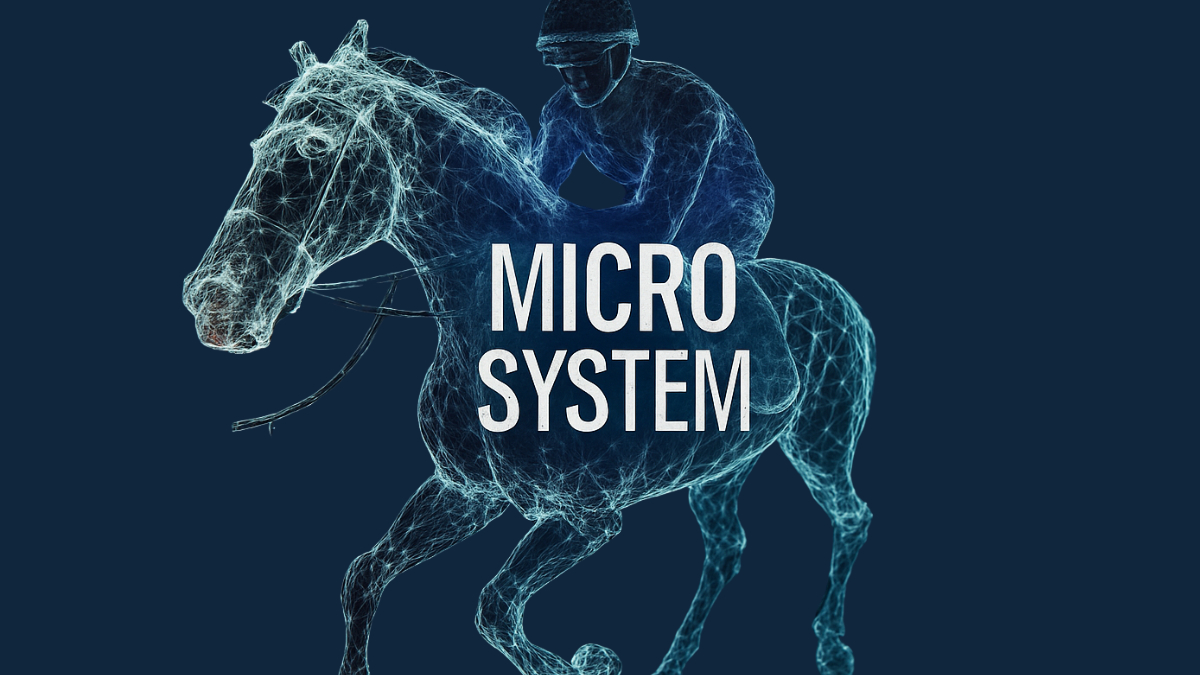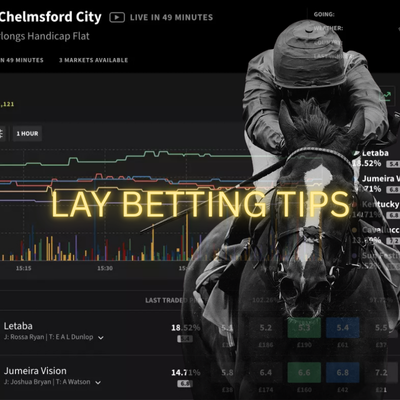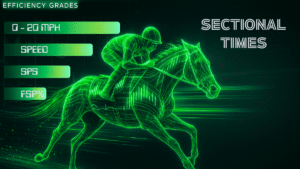What Is a Micro Horse Racing System?
A micro horse racing system is a small, clearly defined betting angle built around a narrow pattern in racing. These patterns can vary — from specific horse-based traits (like running style or equipment changes) to trainer behaviours (such as performance with second-time starters, or strike rates at a certain course).
The key distinction is scale. Micro horse racing systems typically produce a low number of qualifiers across the season, often because they’re based on very specific filters. But that focus is the strength — they’re designed to flag scenarios where the conditions consistently lead to outperformance, not to generate daily action.
Rather than chasing a single all-encompassing system, the aim with micro systems is to build a portfolio. One micro system might yield 25 points profit per year to level stakes. That’s not transformative on its own — but 40 to 50 such systems, each holding their edge, can generate meaningful cumulative returns while keeping risk diversified.
Used properly, a micro system is not a tip — it’s a prompt. A signal that says: “This horse fits a proven pattern. It’s worth your attention.” Whether you’re backing, laying, or building out a race shortlist, that kind of discipline can be a valuable foundation.
Who Are Micro Horse Racing Systems Best Suited To?
Micro horse racing systems are best suited to punters who want a logic-driven edge without the time commitment of deep daily form study. These systems appeal to people who appreciate pattern recognition, trust in data, and are happy to play the long game. They’re especially useful for those who want to stay active in the sport — but in a structured, time-efficient way.
If you’re short on time but still want to bet with purpose, micro systems offer a practical solution. You’re not trawling through every runner’s sectionals, trying to read every market move — you’re simply flagging those that meet defined, proven criteria. That makes them ideal for those who want to operate with discipline, not guesswork.
That said, these systems are not built for short-term thrill-seekers. They rely heavily on variance — which means there will be losing runs, and the full picture only emerges over dozens or even hundreds of qualifiers. They’re also not designed for combination bets like Lucky 15s, where the accumulator structure assumes more control over each individual leg. With micro systems, you’re backing ‘blind’ in the sense that you’re not assessing the field runner by runner — you’re trusting the angle.
Personally, I run micro systems as part of a separate betting portfolio. They have their own bank, and I treat them as passive — checking results periodically, usually once a month. I don’t rely on them for daily returns or staking decisions, but over time, the logic holds up. When you’re working with strong enough patterns, the variance tends to play out in your favour.
In short, micro systems suit those who:
Want a consistent, logical filter for daily racing
Have limited time for race-by-race analysis
Are patient enough to let long-term variance do its job
Understand that these systems supplement — not replace — full-form punting
Why I Don’t Publish Static Micro System Lists
My original plan was to publish a complete set of horse racing systems — including micro systems — for readers to follow. But the deeper I got into live tracking and performance review, the more apparent it became that fixed system lists pose a long-term problem.
Even well-built systems can become obsolete. Market behaviour shifts, trainer habits evolve, and angles that show edge today can be neutralised once the market catches up. Publishing a static list might look useful at first glance, but without ongoing performance tracking and adjustment, it risks leading readers into outdated or declining strategies.
That’s why I’ve opted not to maintain a fixed, evergreen system library. Instead, I now publish any current system-based selections through my Facebook page:

This allows me to manage and control the live systems in use — only posting qualifiers when the underlying logic still holds up. It also avoids the need to constantly update spreadsheets or publish performance notes on systems that may no longer be performing as expected.
In short, it’s a flexible approach that:
Keeps selections current
Protects readers from following outdated angles
Reflects the reality that edge can fade over time
If you’re interested in seeing how I use micro systems in practice, that page is where you’ll find any relevant qualifiers posted in real time.
Example of a Micro Horse Racing System: Place-Only with Jack Channon (Class 5 & 6 AW)
To give you a clearer idea of how a micro system looks in practice, here’s a real example I use from my own portfolio — built around the performance of Jack Channon-trained runners on the All-Weather/Flat in lower-grade handicaps.
This system is built using historical data via a system builder, with filters set to target a specific race and trainer profile. It’s a place-only angle, not win-based, and its logic is built around trainer consistency, grade level, and surface suitability.
The Stats

System Performance (2023–2025)
Here’s the key output:
Total Bets: 204
Win Strike Rate: 17.65%
Place Strike Rate: 31.37%
Place Selections Profitable at BSP: +67.55 points
ROI (Place Only): +33.11%
Average BSP (Win): 7.27
Actual vs Expected (Place): 1.16
Place Returns in 102 of 204 bets (50%)
Chi-Square Value: 0 (no statistical skew or overfit)
Notes on Usage
This is a low-frequency, high-efficiency place-based system — perfect for adding balance to a portfolio that includes more volatile win angles.
The 1.16 A/E on the place market shows it’s outperforming expectation — likely due to the market undervaluing Channon’s strike rate at this grade and level.
As with most micro systems, there will be drawdowns, so it’s treated as a background strategy with results reviewed monthly.
Most Recent Runners

The Logic Behind This Micro System
This is a good example of a simple, robust micro system that works because it avoids the trap of over-complication. One of the most common mistakes in system building is drilling too far down — adding layer upon layer of rules until the system looks flawless on paper but completely falls apart in live use. That’s textbook backfitting: manipulating a set of filters until the past looks profitable, with no regard for future viability.
Let’s be clear — any horse racing system can be made profitable in hindsight. But that doesn’t make it real, sustainable, or usable. If you’ve ever fallen into that trap, you’ll know the frustration of watching a supposedly “bulletproof” angle collapse once the qualifiers go live.
This Jack Channon system keeps things broad and realistic. It targets a newer trainer operating at lower levels of the sport, where placement strategy and opportunities can create quiet angles. It’s built around a simple principle: trainers aren’t just trying to win — they’re trying to place horses where they can earn, and that includes landing place money for owners, yards, and future prize money incentives.
Channon, as a relatively small and newer trainer, is likely to be more selective and strategic in placing his runners — particularly in Class 5 and 6 AW handicaps. The horse pool may not always be strong enough to dominate races, but that doesn’t mean they’re uncompetitive. And that’s exactly where this system finds its edge: the place-only market.
This system isn’t about ego. It’s not about landing 16/1 winners or being the cleverest punter on Twitter. It’s about playing the percentages. Yes, it can be frustrating to watch a horse win at 24.0 BSP when you backed it place-only at 5.68 — but the intended edge is in the place market, and that’s where the discipline lies. Betting based on logical filters means staying committed to the angle, not chasing results that weren’t part of the strategy to begin with.















